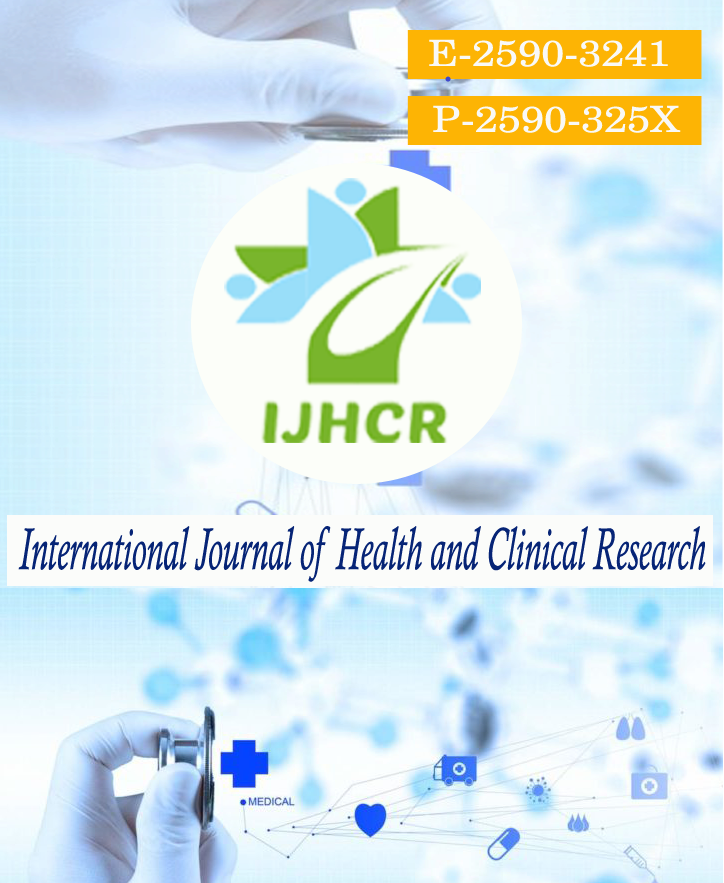Outcome of uncomplicated laparoscopic cholecystectomy with and without drain: A prospective study
Keywords:
laparoscopic cholecystectomy, subhepatic drain, Shoulder painAbstract
Background:Gall stone disease remains one of the major causes of abdominal morbidity and mortality through the world. The present study was a prospective study to evaluate the outcome of uncomplicated cholecystectomy with and without drain.Materials & Methods:60 patientswere divided into 2 groups.Group A consisted of patients underwent uncomplicated LC with drainage while group B included the patients who underwent uncomplicated LC without drainage. The outcomes of the study were assessed in terms of post-operative abdominal pain,shoulder pain (measured with VAS), incidence of surgical site infection, duration of hospital stay.Results: The mean age in drain group was comparable to the no drain group (50.00±12.46 vs. 44.23±13.88; P=0.96).90% of the patients were females. We also observed that there was no sex-based difference between the groups (P=0.389).16% of the patients were in ASA grade I. There was no ASA grade-based difference between the groups (P=0.488). The mean SGOT in drain group was significantly higher to the no drain group (38.96±22.74 vs. 29.20±11.08; P=0.039. Conclusion:In the patients undergoing uncomplicated laparoscopic cholecystectomy, use of subhepatic drain is not associated with any benefits, as regard to bile leak, to the patients. Rather, use of drain is associated with increased shoulder pain and pain abdomen. In addition, post-operative hospital stay is also prolonged in these patients in whom we have used the drain.






 All articles published in International Journal of Health and Clinical Research are licensed under a
All articles published in International Journal of Health and Clinical Research are licensed under a 